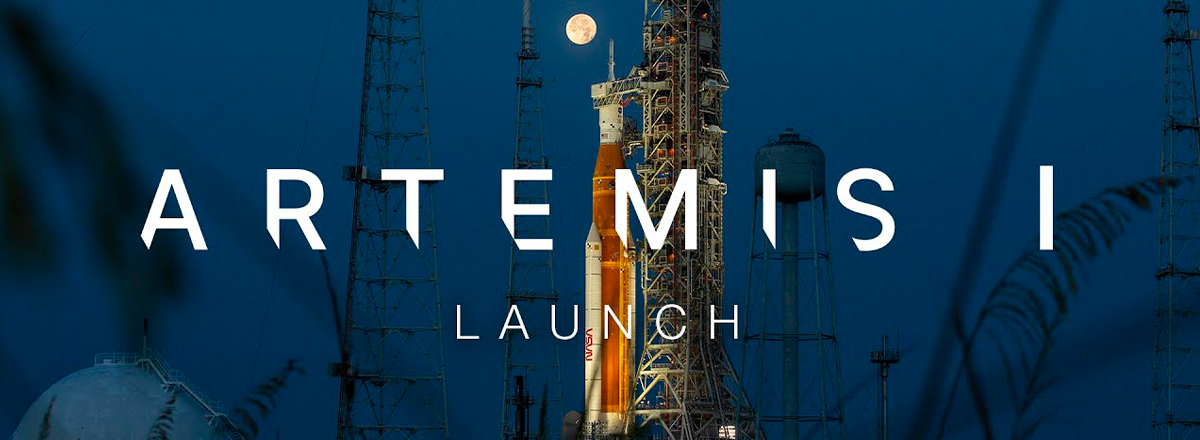NASA Has Finally Launched Its Artemis 1 Moon Mission on Its Most Powerful Rocket
The Artemis 1 test mission successfully lifted off from Cape Canaveral on the morning of November 16. The SLS rocket successfully launched the Orion spacecraft and an additional payload into space.

After many postponements and cancellations, NASA's Space Launch System (SLS) rocket carrying the Orion spacecraft has finally kicked off to the Moon as part of the Artemis 1 mission. The launch was broadcasted on NASA's official website and YouTube channel.
The Space Launch System (SLS) rocket, which sent the Orion spacecraft and additional payload into orbit, was launched on November 16 from NASA's Pad 39B at Kennedy Space Center (KSC) at Cape Canaveral in the U.S. state of Florida. The launch marks NASA's return to crewed missions to the Moon.
As part of the mission, the Orion spacecraft will orbit the Moon for several weeks in an uncrewed test flight. Then it will return to Earth with a splashdown in the Pacific Ocean off the coast of California. After the mission is complete, Orion will return to Earth on December 11.
The test flight should show the readiness of the SLS rocket and Orion spacecraft for a crewed mission and test whether they are safe for astronauts.
SLS also sent into space ten CubeSats, two limbless manikins, Helga and Zohar, and everything needed for planned biological experiments, like yeast, fungi, etc., to see how the deep space environment affects genes and DNA.
The launched SLS rocket is the largest and most powerful NASA has ever built. According to the aerospace agency, it is capable of sending up to 130 tons of payload into orbit.
If the Artemis 1 mission is successful, the crew of four NASA astronauts will be able to orbit the Moon in 2024 as part of the Artemis 2 mission and eventually land on Earth's satellite in 2025.

